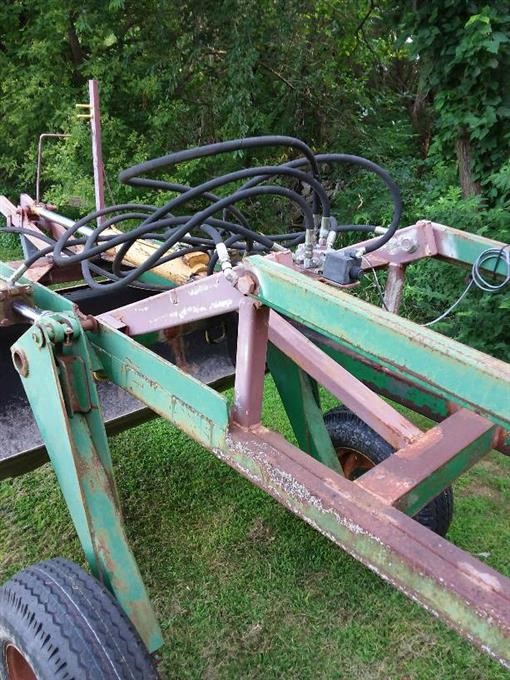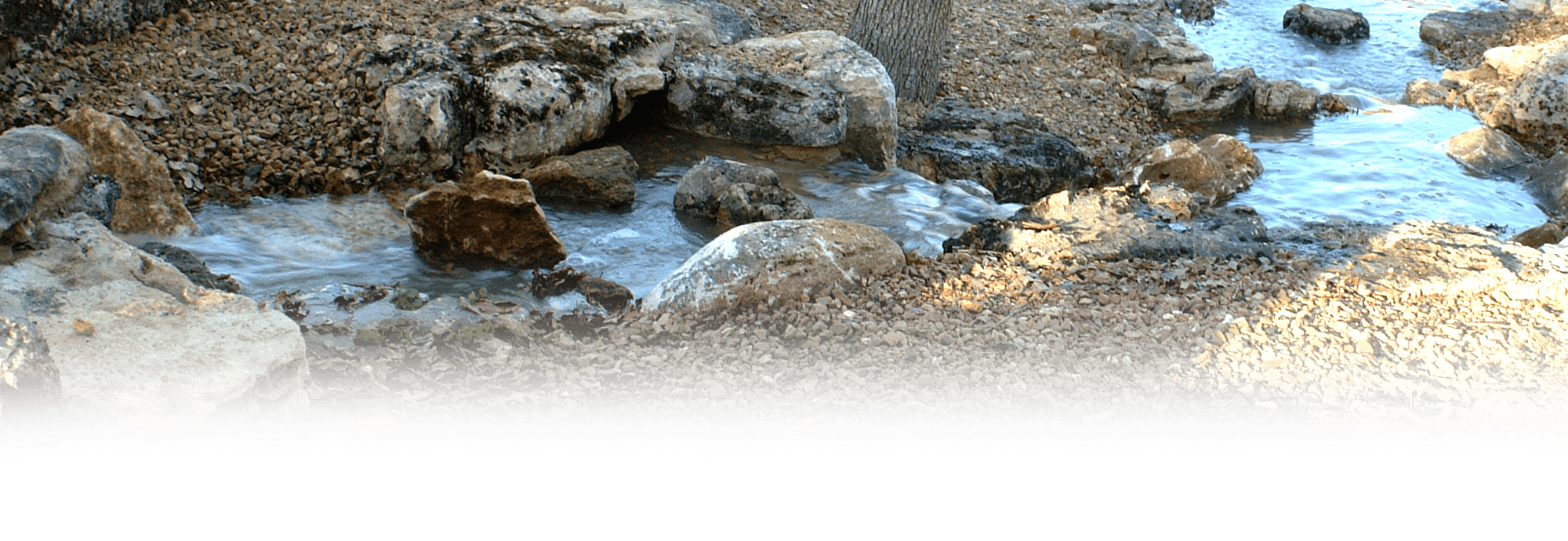

When a pond no longer meets the intended use(s) due to excessive sedimentation (figure 2), a pond owner may need to physically remove the accumulated sediment through dredging to restore the original pond design parameters. For additional information on pond aging and water quality parameters, please see the Land-Grant Press publication “ Recreational Ponds in South Carolina”.

1 Combined, these conditions often result in an increase in aquatic plant and algae growth, which may interfere with the intended use(s) of the pond and become difficult to control. Additionally, nutrient-rich sediment can become an internal source of nutrient loading. The water depth and photic zone (where sunlight penetrates to the bottom of the pond) become shallower with increased sedimentation, and the ambient water temperature may increase, especially during warmer months (figure 1). Ponds that receive streamflow or stormwater runoff capture sediment over time, which can significantly change conditions in the pond. Image credit: Sarah White, Clemson University.

Over time, ponds typically accumulate sediment and abundant plant growth.


 0 kommentar(er)
0 kommentar(er)
